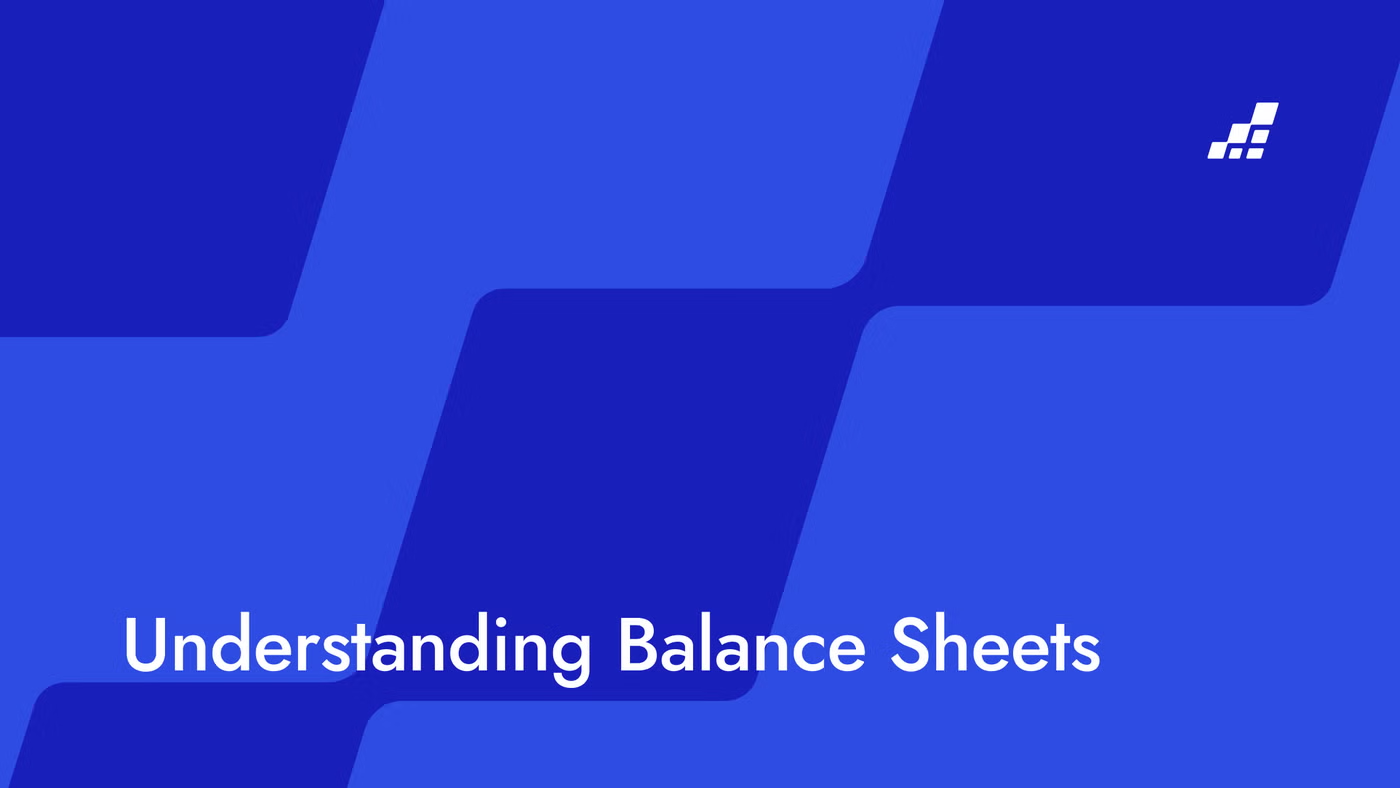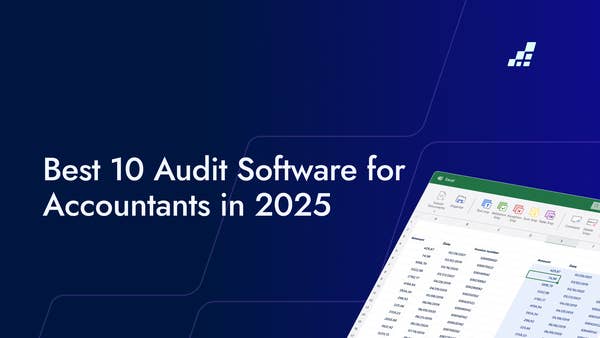- /
- Blog
Understanding Balance Sheets

A balance sheet, also called a financial position statement, gives a quick look at how healthy a company is financially at one moment. It's important for investors, creditors, and company managers to see if the business is stable and has enough cash.
Let's take a closer look at what it includes and why it matters.
Components of a Balance Sheet
A balance sheet has three main parts: assets, liabilities, and shareholders' equity. Each part tells us something important about a company's money situation. It's key to understand these parts to make sense of a balance sheet.
Let's take a closer look at what each part means.
Assets
Assets are the things a company owns that have value. They can be physical things like buildings or equipment, or they can be things like patents or trademarks that represent ownership or rights. Assets are divided into two main categories:
- Current assets: These are things the company owns that are expected to be used up or converted into cash within one year. Examples include cash in the bank, accounts receivable (money owed to the company by customers), and inventory (goods the company plans to sell).
- Non-current assets: These are assets that are expected to provide benefits for more than one year. They include long-term investments like property, plant, and equipment (buildings, machinery, etc.), as well as intangible assets like patents, trademarks, and goodwill (the value of a company's brand and reputation).
Overall, assets represent what a company owns and are crucial for its operations and future growth.
Liabilities
Liabilities are the obligations or debts that a company owes to others. They represent the company's promises to pay or provide goods or services in the future. Liabilities are divided into two main categories:
- Current liabilities: These are debts or obligations that need to be settled within one year or the normal operating cycle of the business, whichever is longer. Examples include accounts payable (money owed to suppliers for goods or services), short-term loans, and accrued expenses (expenses that have been incurred but not yet paid).
- Non-current liabilities: These are long-term debts or obligations that are not due to be settled within the next year. They include long-term loans, bonds payable (money borrowed by the company through the issuance of bonds), and lease obligations (payments due under long-term lease agreements).
Liabilities represent the company's claims against its assets and are important for understanding the company's financial obligations and solvency.
Shareholders' Equity
Shareholders' equity, also known as net assets or owner's equity, is what's left over when you subtract all the company's debts from its assets. It's like the company's value that belongs to its owners. Shareholders' equity is made up of two parts:
- Issued share capital: This is the value of all the shares that the company has given to its shareholders. It's like the money the company raised by selling its shares.
- Retained earnings: These are the profits that the company has made over time, after subtracting any dividends or other distributions paid to shareholders. It's like the money the company has kept to reinvest in its operations or save for the future.
Why is a Balance Sheet Important?
A balance sheet is a crucial financial statement for several reasons. It provides valuable information to various stakeholders, helps in financial analysis and decision-making, and ensures regulatory compliance.
Let's explore these aspects in detail.
Information to Stakeholders
Investors and creditors look at the balance sheet to understand how well a company is doing financially. It helps them decide if they want to invest, lend money, or negotiate credit terms.
For example, if a lot of the company's assets are paid for with borrowed money, it could mean there's more risk, which might scare off investors.
But if most assets are paid for with money the company already has (equity), it could mean there's less risk, which might attract investors.
Financial Analysis and Decision-Making
Balance sheets are crucial for analyzing finances. They give us numbers to figure out financial ratios, like how well a company can pay its bills (liquidity), how much debt it has (solvency), and how profitable it is.
For example, the current ratio, which is current assets divided by current liabilities, shows if a company can cover its short-term bills. A high current ratio means the company is in good shape for paying its short-term debts.
Regulatory Compliance
Companies have to make and show balance sheets every year by law. This makes things clear, protects everyone involved, and helps with taxes. To sum up, a balance sheet is super important because it gives a full view of a company's money situation. Knowing how to read it helps everyone make smart choices and helps the company do well financially.


